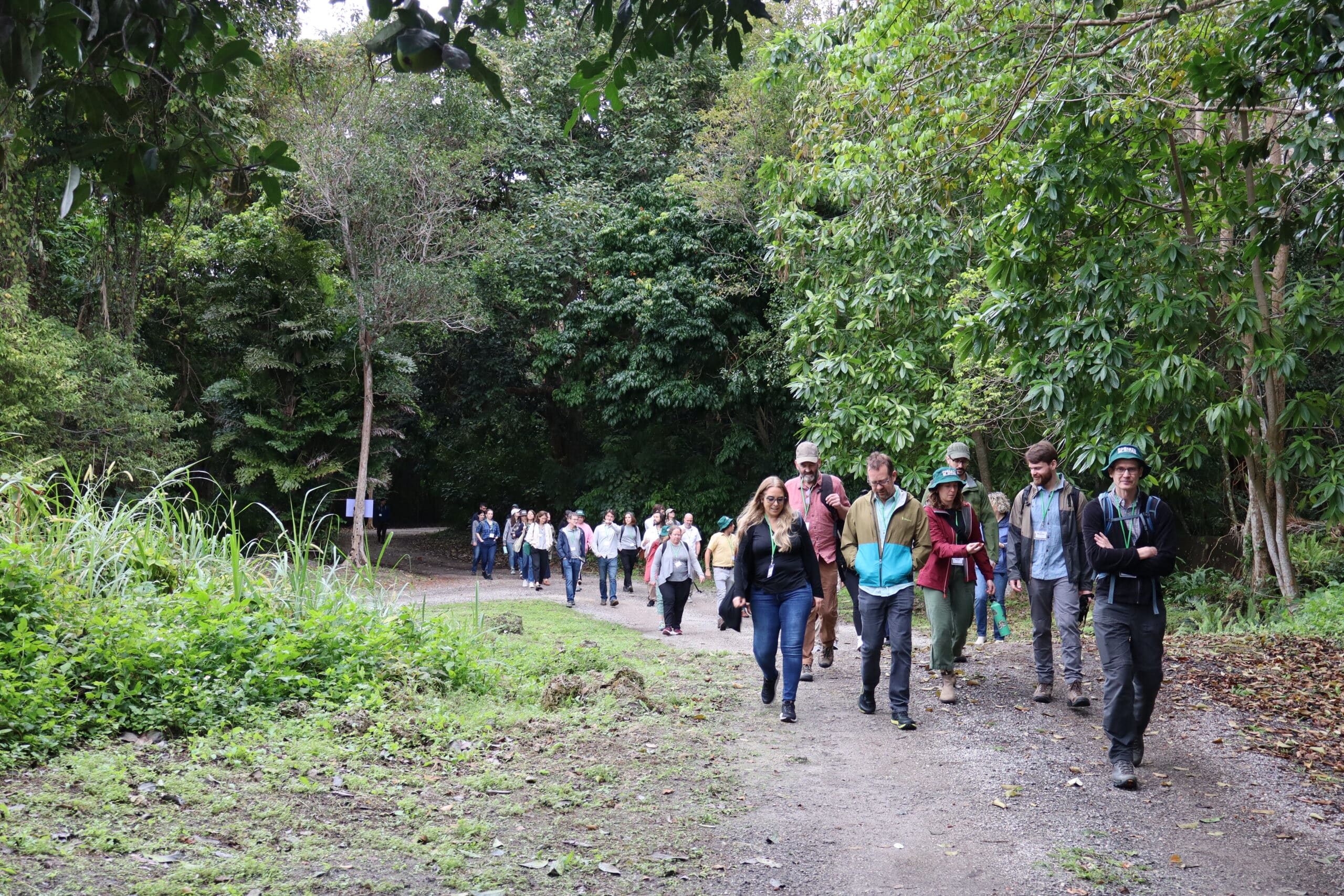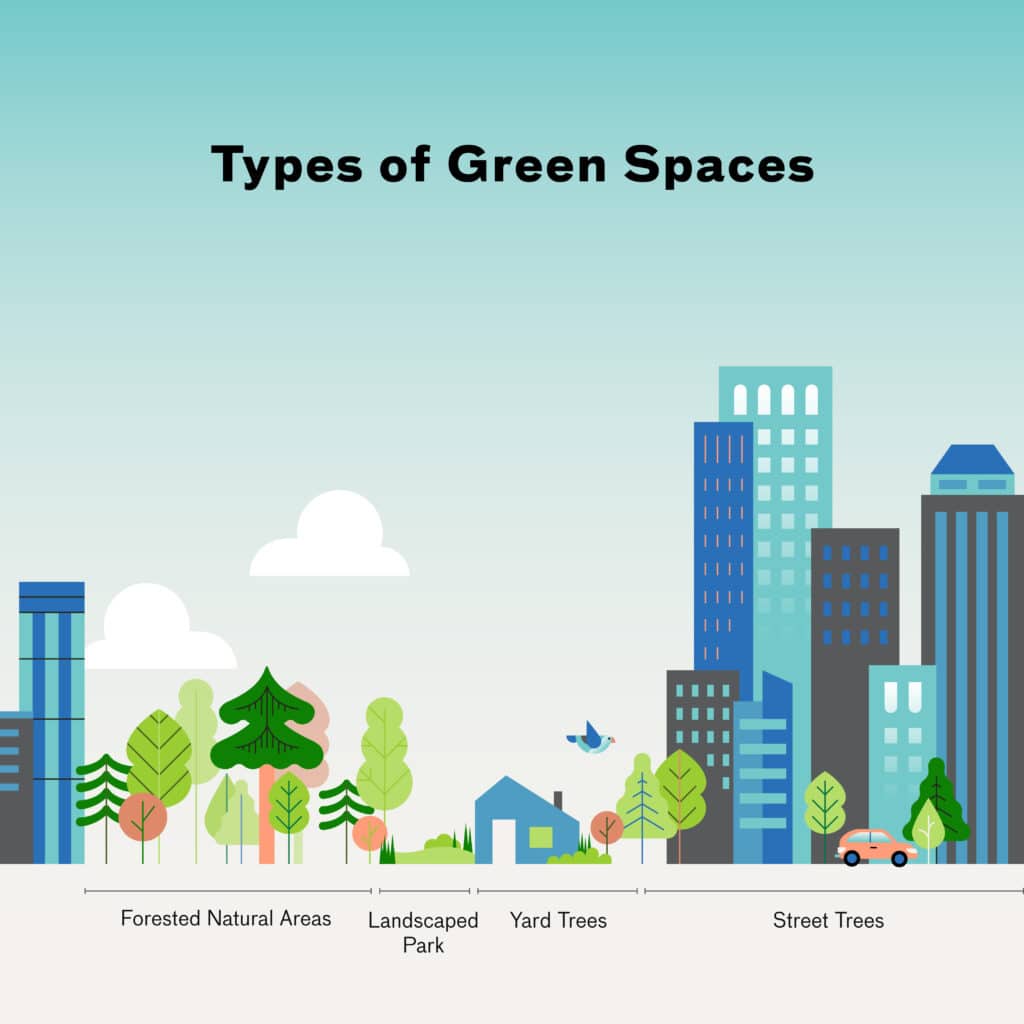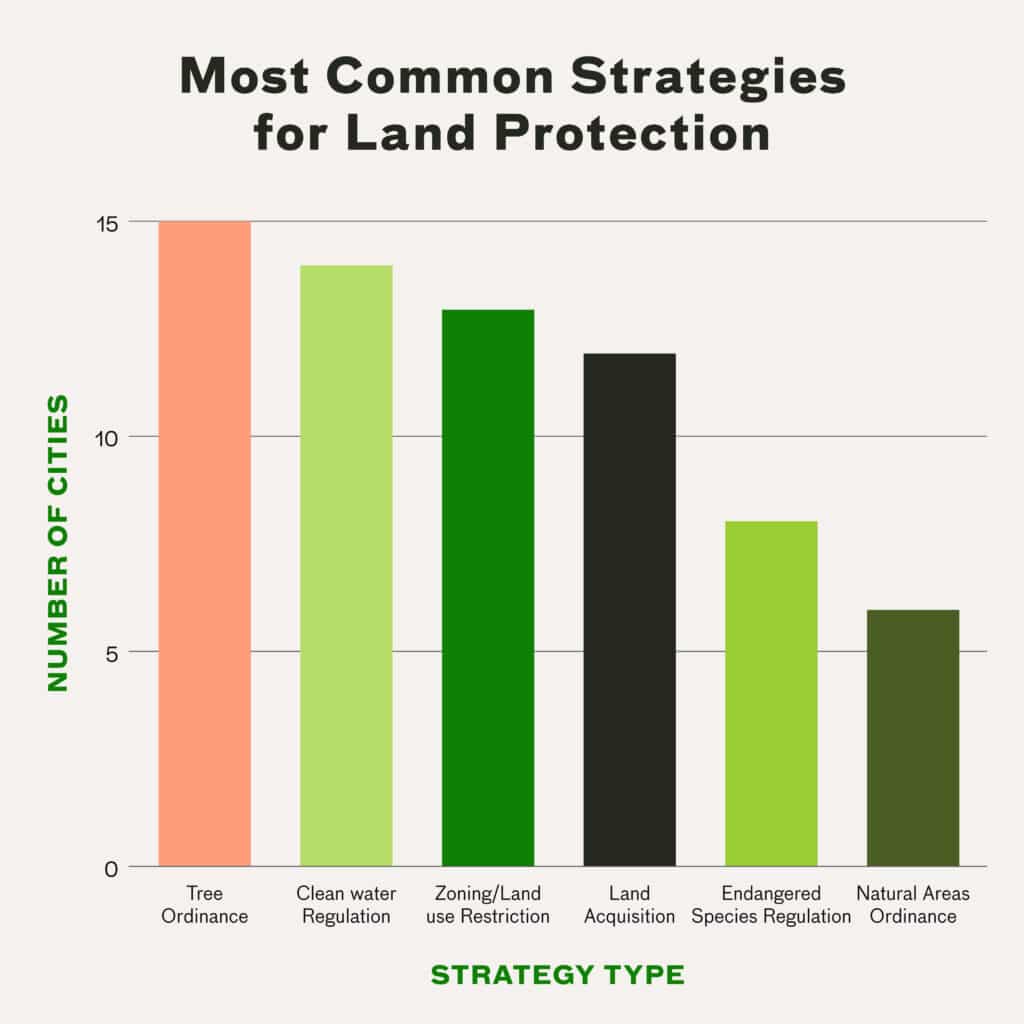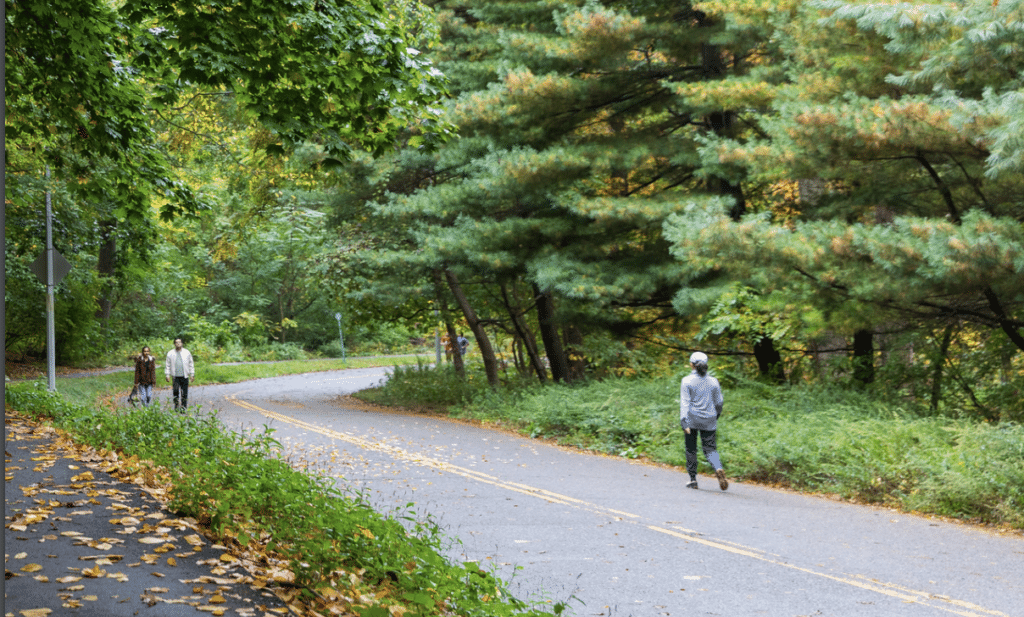How to Protect Forested Natural Areas in Cities
By Natural Areas Conservancy on February 12, 2024

By Natural Areas Conservancy on February 12, 2024

During our Forests in Cities annual workshop in Miami, we released a comprehensive report on land protections across the nation, featuring case studies from 10 cities in our network.
The report summarizes the main threats to urban forests today and strategies cities can use to minimize or negate these threats.

Forested natural areas are larger in size and contain more biodiversity.
Urban forested natural areas are different from other urban green spaces, such as landscaped parks and street and yard trees. Generally, urban forests are larger in size and contain more biodiversity, species composition, and structural complexity.
The report stresses the importance of treating urban forested natural areas as holistic systems, as opposed to managing trees individually. This holistic approach ensures that an ecosystem stays intact, with multiple forest layers and age classes present.
With increased urbanization and densification across the United States, cities face competing priorities for space. Urban forests are often seen as “undeveloped land,” making them at risk of being cleared and converted to other uses. At a high level, the main threats to forested natural areas are:

The number of cities in our network utilizing each strategy for land protection.
To explore specific case studies, and learn more about these land protections tools, read the full report.

Check out our Cooling Cities blog post for another example of how we’ve leveraged our network to amplify the importance of forested natural areas and the need to protect them.
Read the blog post